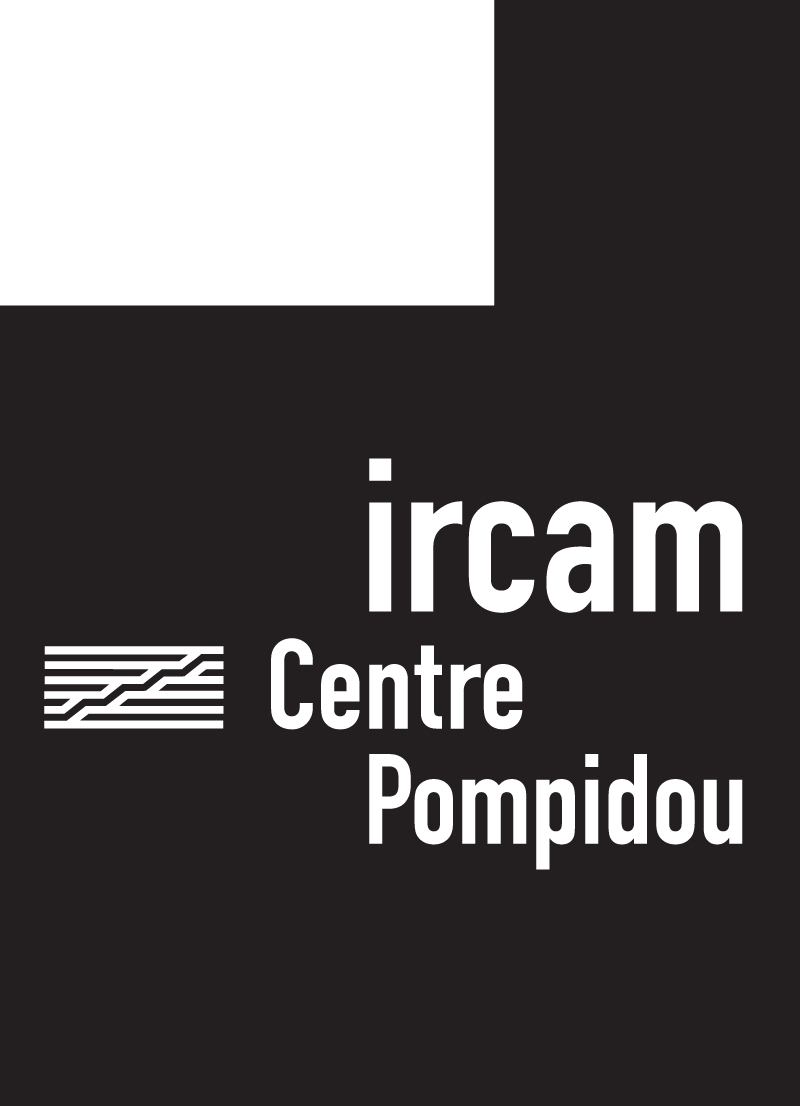Edito
Le spectacle (du) vivant
Rendezvous for the arts of time and musical creation in Paris, for the first time the festival ManiFeste meets the visual arts; a constellation surrounding arte povera, seen and heard at the Centre Pompidou. The issue at the heart of this manifest: translating the guerilla and anti-consumerist art of the Italian Arte Povera movement from the end of the 1960s to an issue pertinent to today.
What does “poor” mean in art and innovation? Its chemistry operates via a meticulous reduction of materials, a reduction of diverse detours between idea and material. From the American pioneer Harry Partch—inventor of unique musical instruments, ancestor of today’s makers whose opera Delusion of the Fury is revisited by Heiner Goebbels—to the subtractive art of choreographer Xavier Le Roy, the entire history of contemporary art could be written using the theme of “poor”.
The presence of re-enchanted nature, of the ecology of sound and listening, the appearance of tactile material, is tangible evidence of this. Salvator Sciarrino and his nocturnal bestiary, Gérard Pesson and his climactic art pierced by Naturlaut, Beat Furrer and his theater of whispered voices, so many signatures wrecking the traditional grand, gleaming style.
The game of horror and fantasy flirts with mannerism and the rhetoric of silence: this effect of a simplified gesture fascinates a new generation of composers, low-tech enthusiasts in a high-tech institute. The disconnection appears complete between IRCAM’s high-tech and the tactile immediacy of povera. However, while the issue the mimicking and modeling of natural movements, of simplification and the “beauty of gesture” is raised—Thierry De Mey, heavily influenced by the experience of povera—as is the issue of a new body-performer as seen in Harry Partch and with SmartInstruments, the mobilization of perception is necessary to the gaping question for any music that is written.
The research carried out under the place Stravinsky is focused on the field of emotional archetypes, often too ambiguous and too rich to be delivered only to neuroscientists and artists.
Observing the physiological shock of music deserves a series of shared listening sessions with scientists and artists. Seeking an artistic “involuntary commotion”, often evoked by the founder of IRCAM. “Do, act, and don’t recreate” the order given by Pierre Boulez finds its full expression at the heart of IRCAM’s academy. It is an invitation to stray from the well-marked paths of artistic productivism or technological consumerism. A povera to contract and understand the grand circuit from life to art, from art to life.
Frank Madlener

